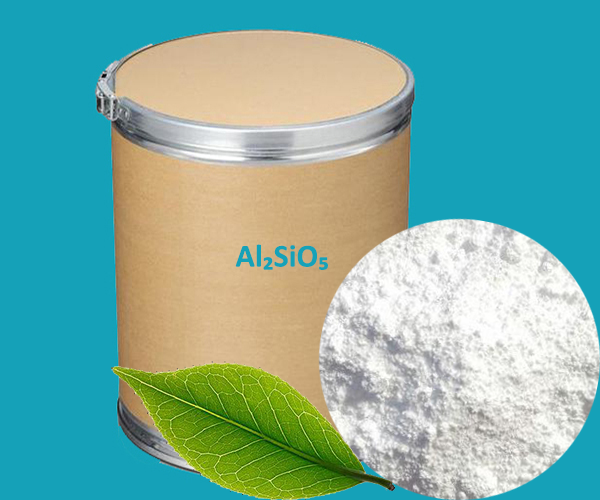Aluminum silicate, often referred to as alumino-silicate, is a fascinating compound with an array of interesting properties and applications. It is a type of silicate compound that includes aluminum within its structure, thereby giving rise to its unique characteristics.
The chemical formula of aluminum silicate is Al₂SiO₅, which can be further simplified to Al₂SiO₅•2SiO₂. It represents the chemical bonding between aluminum, silicon, and oxygen atoms. The compound is inherently stable and inert, with a relatively high melting point.
Aluminum silicate is characterized by its white or off-white color in its powder form. The compound exhibits low thermal conductivity, high temperature stability, and a high degree of resistance to chemical attack. These attributes make it suitable for a range of applications, especially as a component in refractory materials and ceramics.
Applications of Aluminum Silicate
1. Building Materials: Thanks to its high temperature stability and resistance to chemical attack, aluminum silicate is commonly used in the production of refractory materials such as bricks, cement, and ceramics.
2. Insulation: The low thermal conductivity of aluminum silicate makes it a superb material for insulation purposes, particularly in high-temperature environments like industrial furnaces.
3. Cosmetics: Aluminum silicate is also used in cosmetics due to its light diffusing properties and its ability to help cover skin imperfections. Its natural absorbency also makes it an excellent ingredient in products designed to absorb excess oil.
4. Food Industry: The compound is utilized as an anti-caking agent in many processed foods, to prevent the formation of lumps and facilitate smooth flow during packaging and consumption.
5. Pharmaceuticals: In the pharmaceutical industry, aluminum silicate is employed as a filler in pills and tablets. It is also used to aid the process of tableting and to enhance the physical appearance of the product.
 English
English Español
Español Português
Português Français
Français Deutsch
Deutsch Русский
Русский 中文
中文 日本語
日本語
